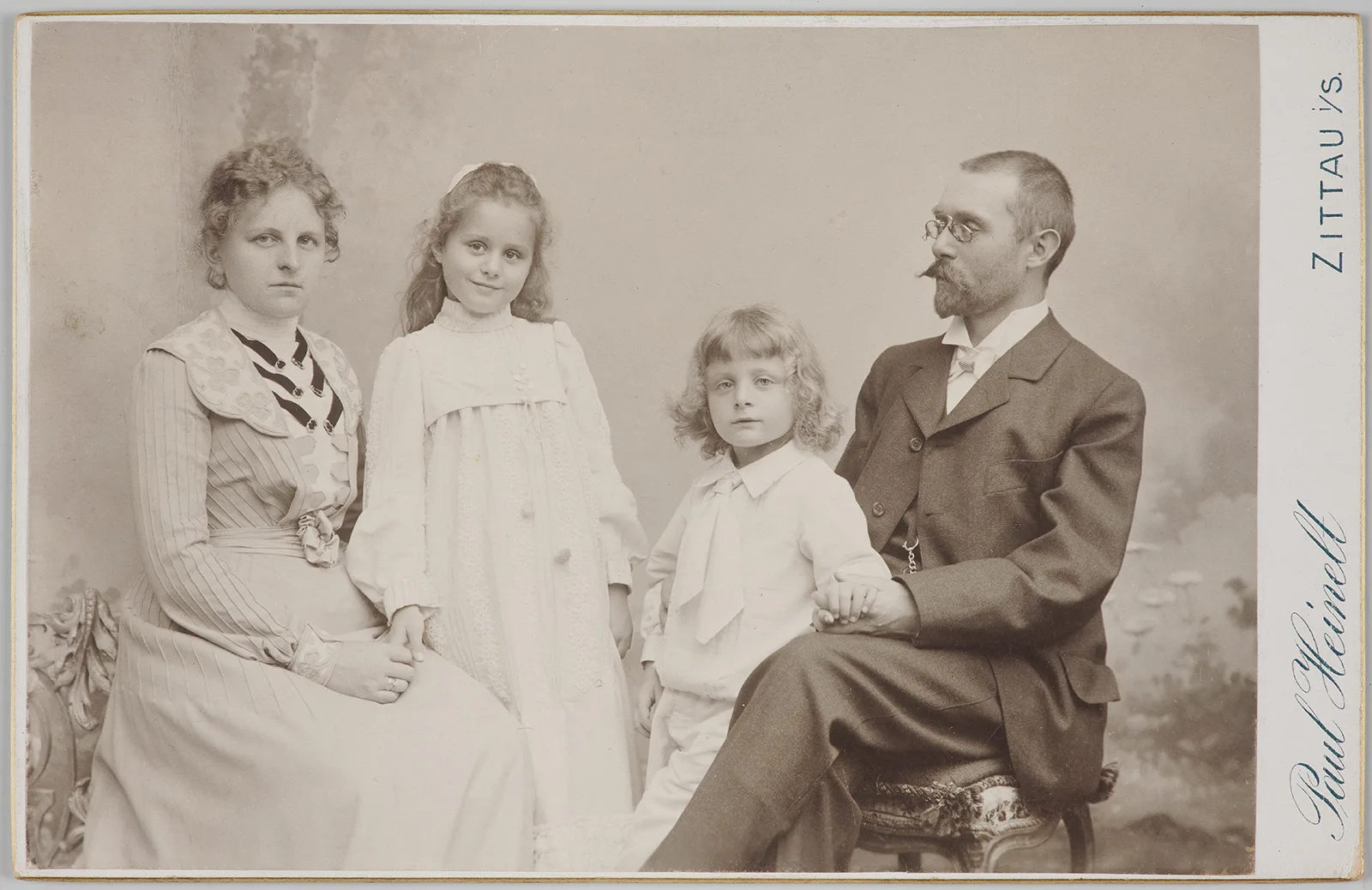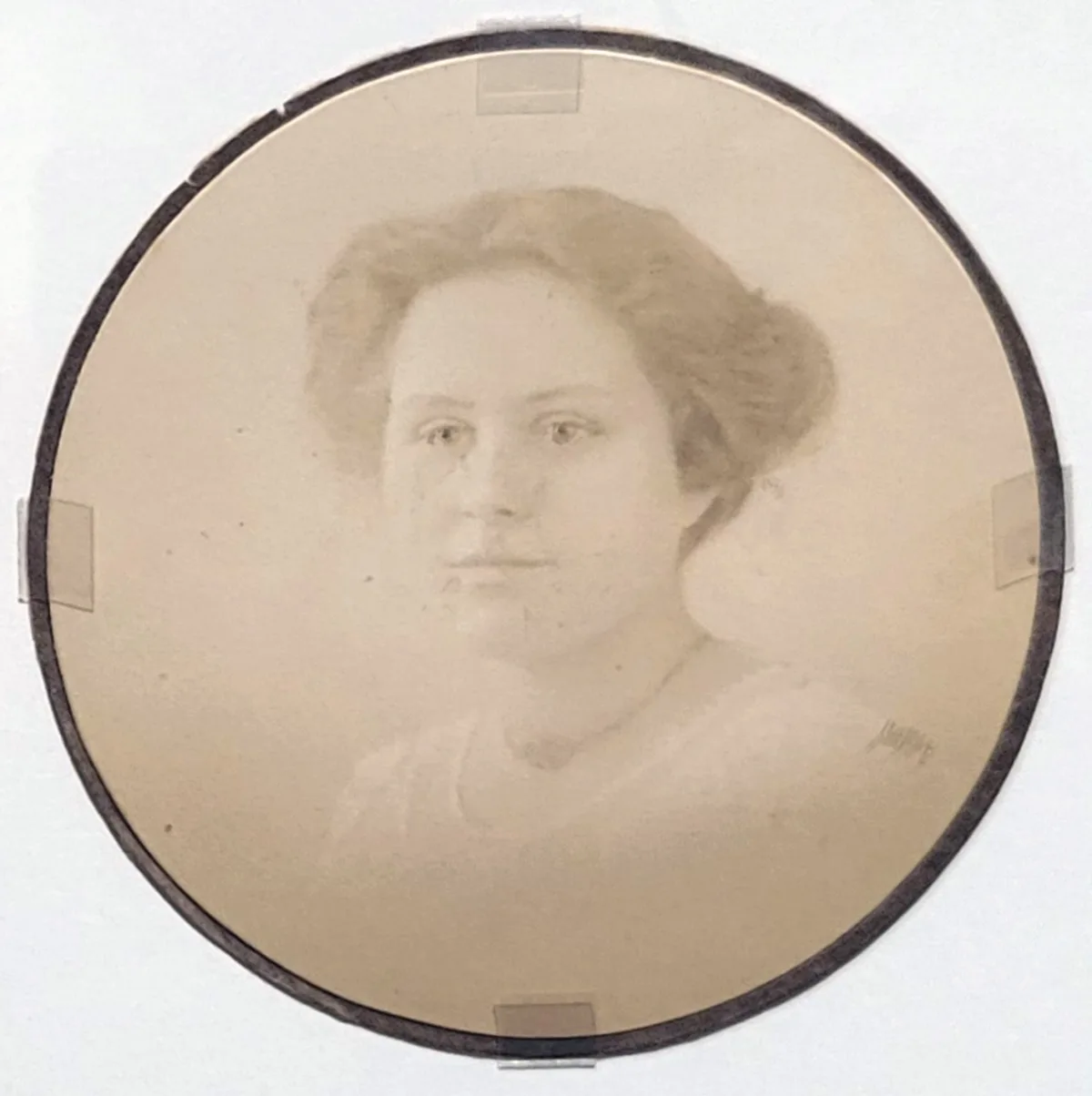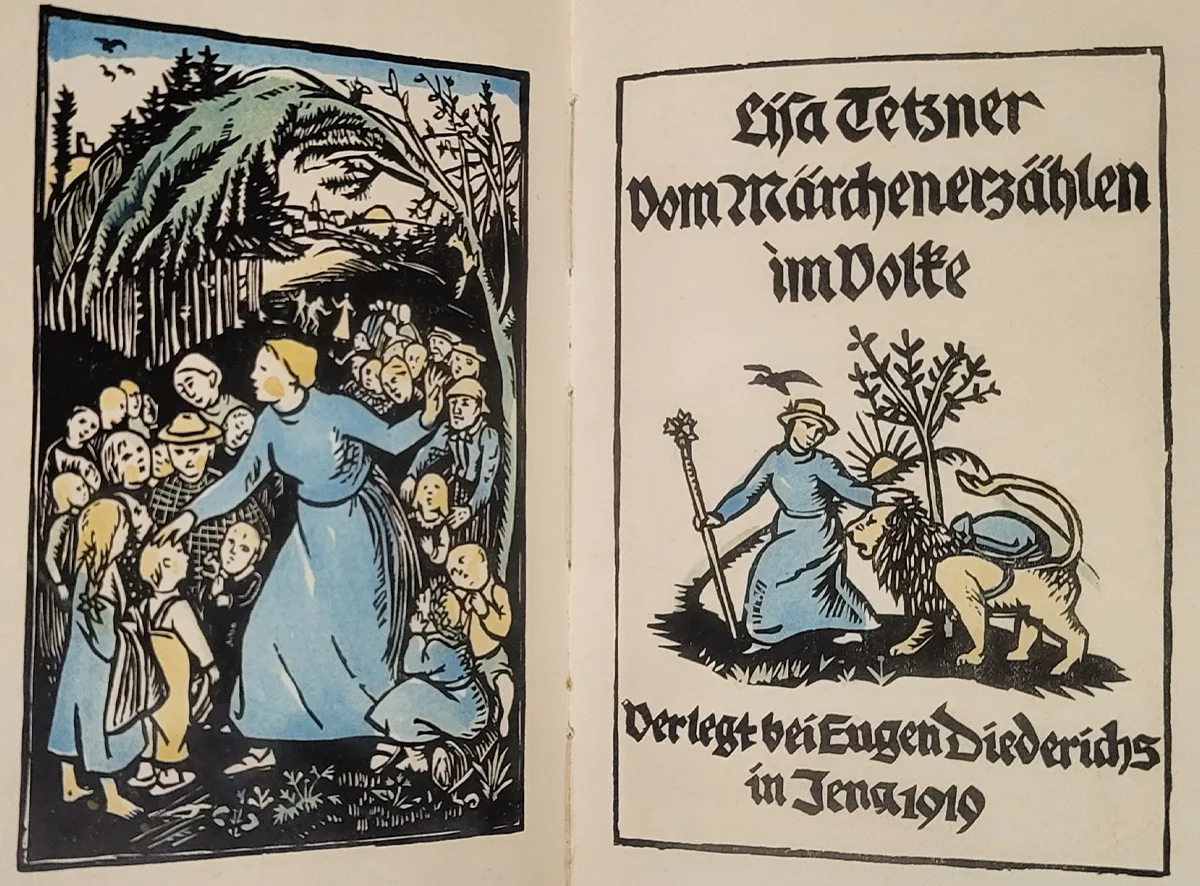
“I’ve become a wandering Scheherazade…”
Lisa Tetzner, who co-authored the famous books for young people ‘The Outsiders of Uskoken Castle’ and ‘The Black Brothers’ earned a living in her younger years as a wandering storyteller.


The desire to write, to live, and to dream of art and perhaps to one day become an artist myself, was growing within me. I was relishing being able to do what I wanted. I felt unshackled from the confines of home.



Lisa Tetzner used these letters and posters to advertise her performances. Christiane Dornheim-Tetzner





